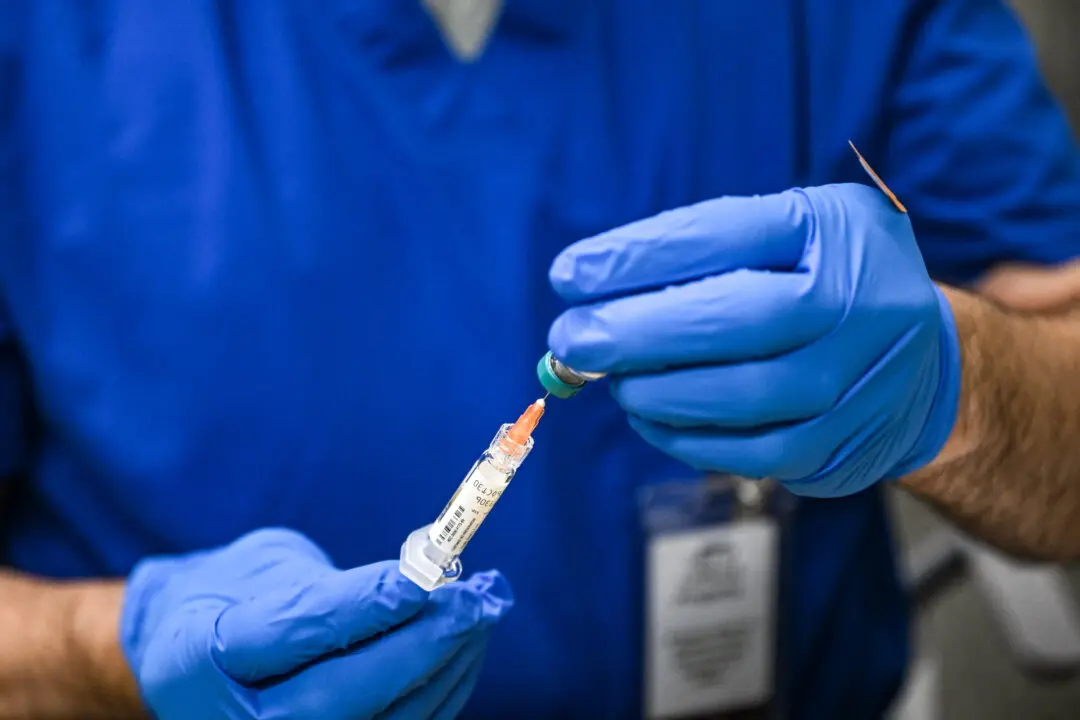Newly released video footage shows the inside of a federal immigration shelter in Texas that houses unaccompanied children who reach the United States.
The footage, released by the U.S. Department of Health and Human Services (HHS), shows the Tornillo shelter.




